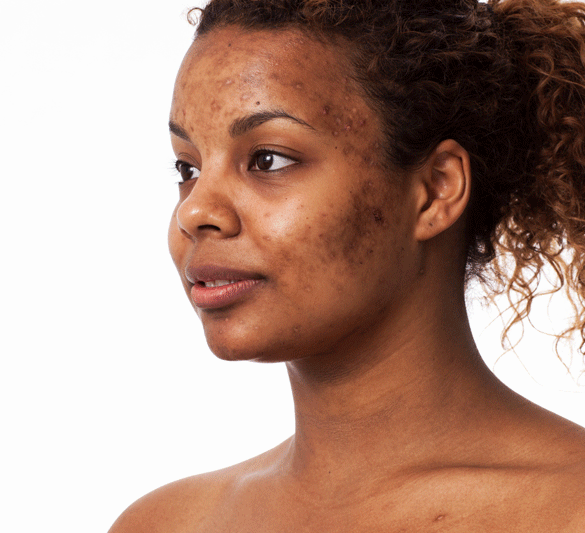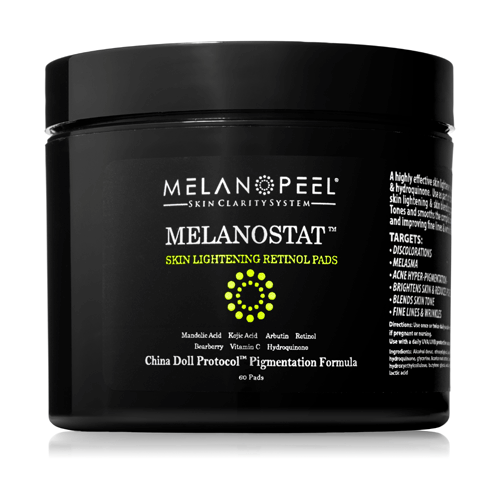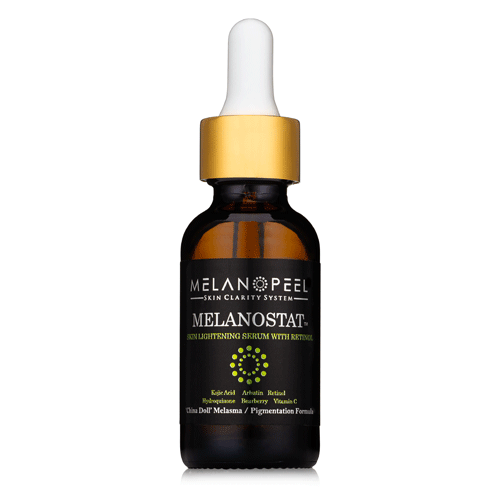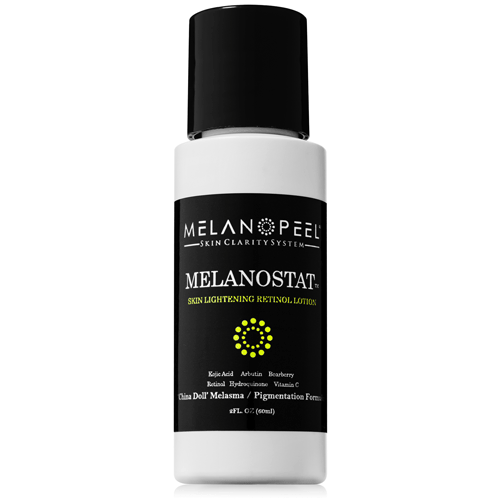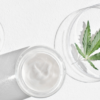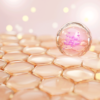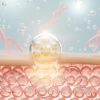Acne, scratches, insect bites, eczema, burns, and intense sunlight are often the cause of worry for darker patients.
Injury and inflammation of the skin often causes hyperpigmentaion on skin of color. Factors that trigger and worsen this pigmentation include heat, hormones and medications.
Dark skin versus light skin:
The main reason why darker skin reacts more exuberantly has to do with the type of cell that produces melanin, the melanocyte. All races are born with the same numbers of these melanin cells. The difference between white and dark skin has to do with the type of melanin that is produced by these cells.
Our Skin Innovations video explains the cellular difference between dark & light skin.
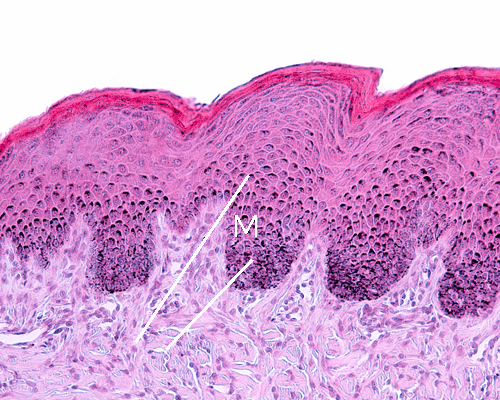
White skin produces predominantly a lighter yellow melanin, while dark skin persons produce a darker melanin, called eumelanin. The particle sizes and the quantity of melanin also differ – they are larger and more plentiful in darker skin.
The beauty of melanin:
The beauty of melanin is that it is a powerful antioxidant and immune system protector.
The quality and quantity of darker skin makes it more resistant to harmful ultraviolet skin damage, with very dark skin having a natural SPF of about 13.
Melanin in an absolutely amazing compound which aids in skin healing. These remarkable properties unfortunately aren’t appreciated when dark marks and spots on the skin create uneven skin tones.
Post inflammatory hyperpigmentation (PIH):
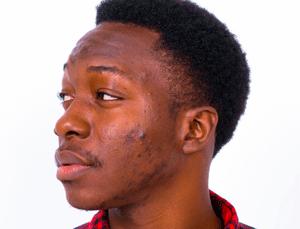
Post inflammatory hyperpigmentation (PIH) occurs when the skin is breached or injured. Acne, scratches, eczema and burns can all result in PIH. Overreaction of the melanin cells results in dark spots in the area of damage.
Remember, this is simply the skin producing protective and healing melanin in the area. The problem is that an overdose of too much melanin is produced, which often takes several months to fade, long after the area has already healed.
These marks can be disfiguring, especially when on the face and in visible areas such as the chest and the back.
Your best treatments for fading pigmentation from PIH are:
- Hydroquinone
- Mandelic acid
- Alpha & beta hydroxy acids – lactic acid, glycolic acid, salicylic acid
- Vitamin C
- Retinol
- Other skin lighteners – kojic acid, bearberry, licorice, niacinamide & arbutin
Remember that your body also produces a natural skin lighter and endogenous (belongs to your own body) antioxidant called glutathione.
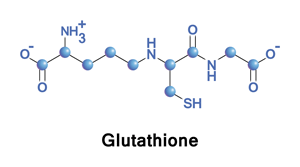
By boosting your body’s natural dietary levels of glutathione, you will help all your other skin lightening creams and treatment serums work their skin lightening magic even better! Glutathione boosters include – brussel sprouts, selenium, vitamin C, and spinach.
In addition to your skin lightening agents, sunscreen use is of utmost importance for ensuring that your skin brightening efforts are not overwhelmed by UV skin darkening.
Skin inflammation should also be reduced when treating skin for PIH. Zinc supplements and foods high in zinc such as lentils, chickpeas and quinoa all help with keeping internal body inflammation at low levels.
Although dark skin will react more exuberantly to inflammation, we are experts at helping you achieve clear skin and fade those dark spots. We have put together some of our top products that are unsurpassed at improving post inflammatory hyperpigmentation.
Melanin is beautiful when your skin complexion is even. With our pigmentation protocols and customized kits, you can be rest assured that stubborn PIH spots can be a thing of the past!
Our top 3 pigment correction recommendations:


